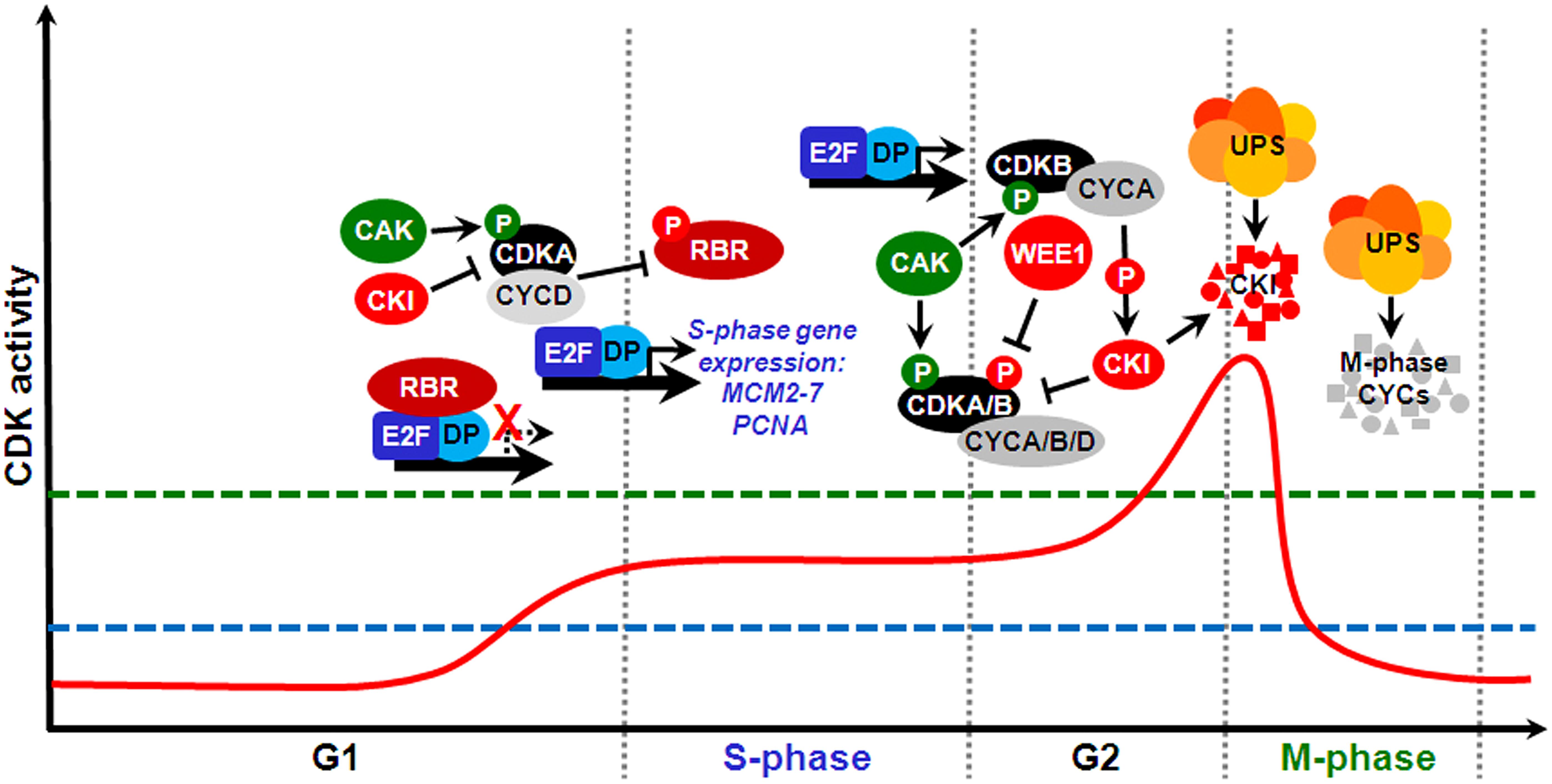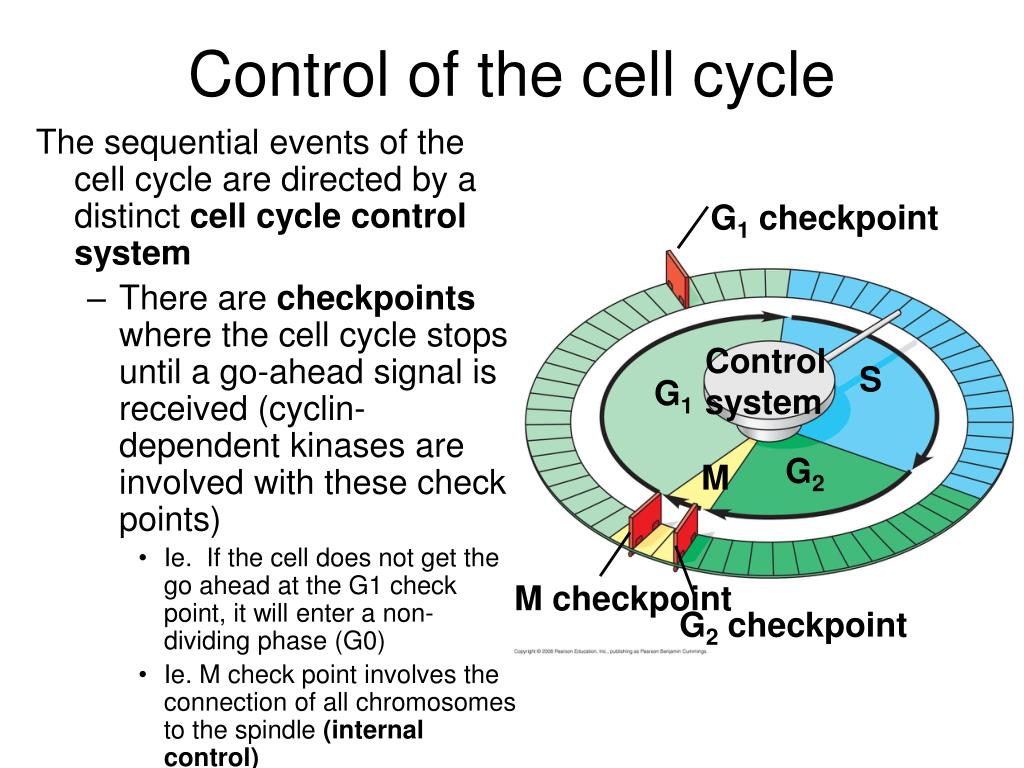Cell cycle control and seed development Biology Diagrams The cell cycle is controlled by numerous mechanisms ensuring correct cell division. This review will focus on these mechanisms, i.e. regulation of cyclin‐dependent kinases (CDK) by cyclins, CDK inhibitors and phosphorylating events. (2000) Cell cycle control as a basis for cancer drug development. Int. J. Oncol. 16, 871. [Google Scholar

The choice depends on cell cycle phase and damage extent, ensuring the most accurate mechanism is employed. If damage is severe, prolonged checkpoint activation can lead to chromatin remodeling that alters gene expression, reinforcing arrest or initiating apoptosis.

Biology I - Lumen Learning Biology Diagrams
A collection of new reviews and protocols from leading experts in cell cycle regulation, Cell Cycle Control: Mechanisms and Protocols, Second Edition presents a comprehensive guide to recent technical and theoretical advancements in the field. Beginning with the overviews of various cell cycle regulations, this title presents the most current protocols and state-of-the-art techniques used to

To prevent a compromised cell from continuing to divide, there are internal control mechanisms that operate at three main cell cycle checkpoints at which the cell cycle can be stopped until conditions are favorable. Figure 1 The cell cycle is controlled at three checkpoints. Integrity of the DNA is assessed at the G1 checkpoint. The purpose of this review is to discuss the known signal transduction pathways that regulate cell cycle progression and the mechanisms cells employ to insure DNA stability in the face of genotoxic stress. Draetta G. Cell cycle control in eukaryotes: molecular mechanisms of cdc2 activation. Trends Biochem Sci. 1990 Oct;15(10):378-383. doi

G2 Checkpoint Functions and Importance in Cell Cycle Control Biology Diagrams
In other words, the cell cycle control system is made up of external signals received by a cell and cells internal environment. Signals of cell cycle control: External Signals in Cell Cycle Control. We understand that the cells of the human body communicate with each other. Cell communication is a part of the regulation and coordination system. Understand how the cell cycle is controlled by mechanisms both internal and external to the cell; Explain how the three internal control checkpoints occur at the end of G 1, at the G 2 /M transition, and during metaphase; Describe the molecules that control the cell cycle through positive and negative regulation

Understand how the cell cycle is controlled by mechanisms both internal and external to the cell; Explain how the three internal control checkpoints occur at the end of G 1, at the G 2 /M transition, and during metaphase; Describe the molecules that control the cell cycle through positive and negative regulation
